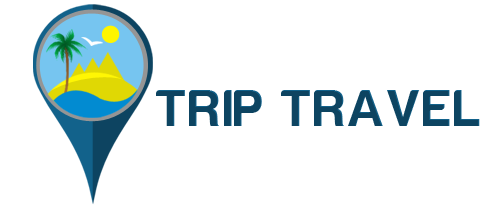United States Immigration Guide for Chinese Migrants
Overview
The United States remains one of the most sought-after destinations for Chinese migrants due to its strong economy, educational opportunities, and diverse cultural landscape. This guide outlines key information regarding visa options, cost of living, employment, housing, and more to help you navigate your migration process successfully.
1. Visa and Immigration Requirements
Common Visa Categories for Chinese Migrants
- Employment-Based Visas (H-1B, L-1, O-1, EB-2, EB-3): Suitable for skilled workers, professionals, and individuals with exceptional abilities.
- Investor Visa (EB-5): Requires a significant financial investment (minimum $800,000 in targeted employment areas) and leads to permanent residency.
- Student Visa (F-1, J-1, M-1): For those pursuing academic, vocational, or exchange programs.
- Family-Based Green Card: Available for immediate relatives of U.S. citizens and legal permanent residents.
- Diversity Visa Lottery: Limited availability; China is often excluded due to high immigration numbers.
- Tourist and Business Visas (B1/B2): For short-term stays but not for employment.
Permanent Residency and Naturalization
- Green Card holders can apply for U.S. citizenship after 5 years (3 years if married to a U.S. citizen).
- The process includes a residency requirement, English proficiency, and a civics test.
2. Cost of Living in the U.S.
The cost of living varies significantly by state and city. Some of the most expensive cities include New York, San Francisco, and Los Angeles, while more affordable options exist in states like Texas, Florida, and Ohio.
Average Monthly Expenses (2024 Estimates)
| Category | Cost (USD) |
|---|---|
| Rent (1-bedroom in city center) | $1,500 – $3,500 |
| Utilities | $100 – $200 |
| Food | $300 – $600 |
| Transportation | $70 – $200 |
| Health Insurance | $300 – $800 |
3. Employment Opportunities
Top Industries for Chinese Migrants
- Technology (Silicon Valley, Seattle, Austin)
- Finance & Banking (New York, Chicago, San Francisco)
- Healthcare & Medicine
- Academia & Research (Ivy League & major universities)
- Entrepreneurship & Investment (Startup ecosystem in California, Texas, and Florida)
Work Authorization & Labor Market
- H-1B visa holders must have a job offer from a U.S. employer.
- EB-5 investors create jobs in targeted regions.
- Work permits are required for spouses of some visa holders (L-2, H-4 under H-1B dependent programs).
4. Housing & Real Estate in the U.S.
Housing in the U.S. varies by location, with major differences between urban and rural areas.
Types of Housing Available
- Apartments: Common in cities, available for rent or purchase.
- Single-Family Homes: Popular among families, with larger space.
- Condominiums (Condos): Owned units within shared buildings, offering amenities.
- Townhouses: A mix between apartments and houses, often with shared walls.
Average Home Prices by Region (2024 Estimates)
| Region | Median Home Price (USD) |
|---|---|
| New York City | $800,000 – $1,500,000 |
| Los Angeles | $700,000 – $1,200,000 |
| Texas (Austin, Dallas) | $350,000 – $700,000 |
| Florida (Miami, Orlando) | $300,000 – $600,000 |
| Midwest (Ohio, Indiana) | $250,000 – $450,000 |
For more details, explore United States real estate options that fit your budget and lifestyle.
5. Cultural Integration & Community Support
- Chinese-American Communities: Major hubs in California, New York, Texas, and Washington.
- Cultural Adjustment: Differences in social norms, education systems, and work culture.
- Support Networks: Chinese associations, WeChat groups, and local expat communities provide assistance.
6. Education System
- Public Schools: Free for residents, but quality varies by district.
- Private Schools: Costly but often provide specialized curriculums.
- Higher Education: The U.S. has some of the best universities globally (Harvard, MIT, Stanford, etc.).
7. Healthcare & Insurance
- Private Healthcare System: Unlike China, the U.S. lacks universal healthcare.
- Health Insurance: Essential due to high medical costs; can be employer-sponsored or purchased individually.
- Hospitals & Clinics: Quality healthcare but expensive without insurance.
8. Safety & Legal Considerations
- Crime Rates: Vary significantly by state and city; research neighborhoods before moving.
- Legal Documentation: Always maintain valid visa and immigration documents.
- Emergency Numbers: 911 for police, fire, and medical assistance.
Conclusion
Migrating to the U.S. presents numerous opportunities and challenges. Thorough planning, understanding visa requirements, securing employment, and budgeting for housing are key steps for a successful transition. Exploring United States real estate options early can help in securing comfortable living arrangements.
For further guidance, consult immigration attorneys and official U.S. government resources for the most up-to-date policies.

